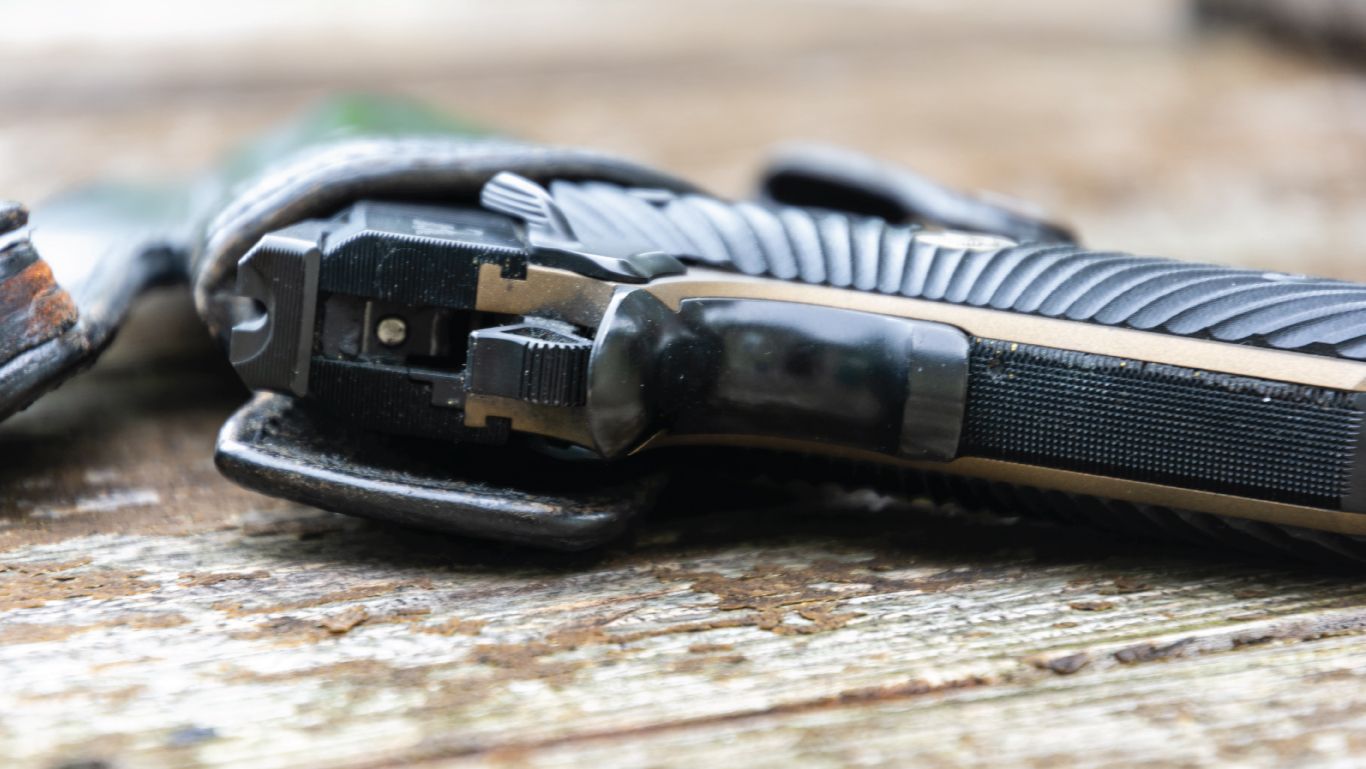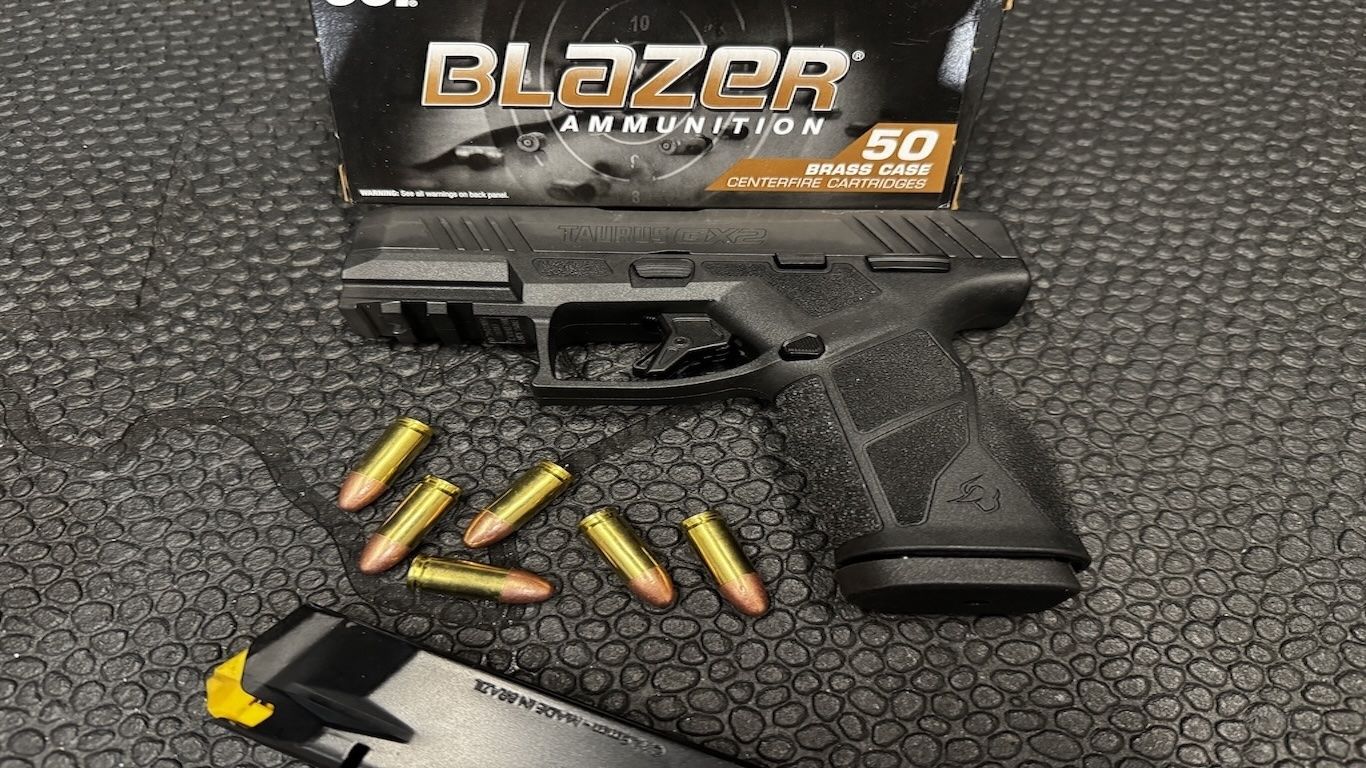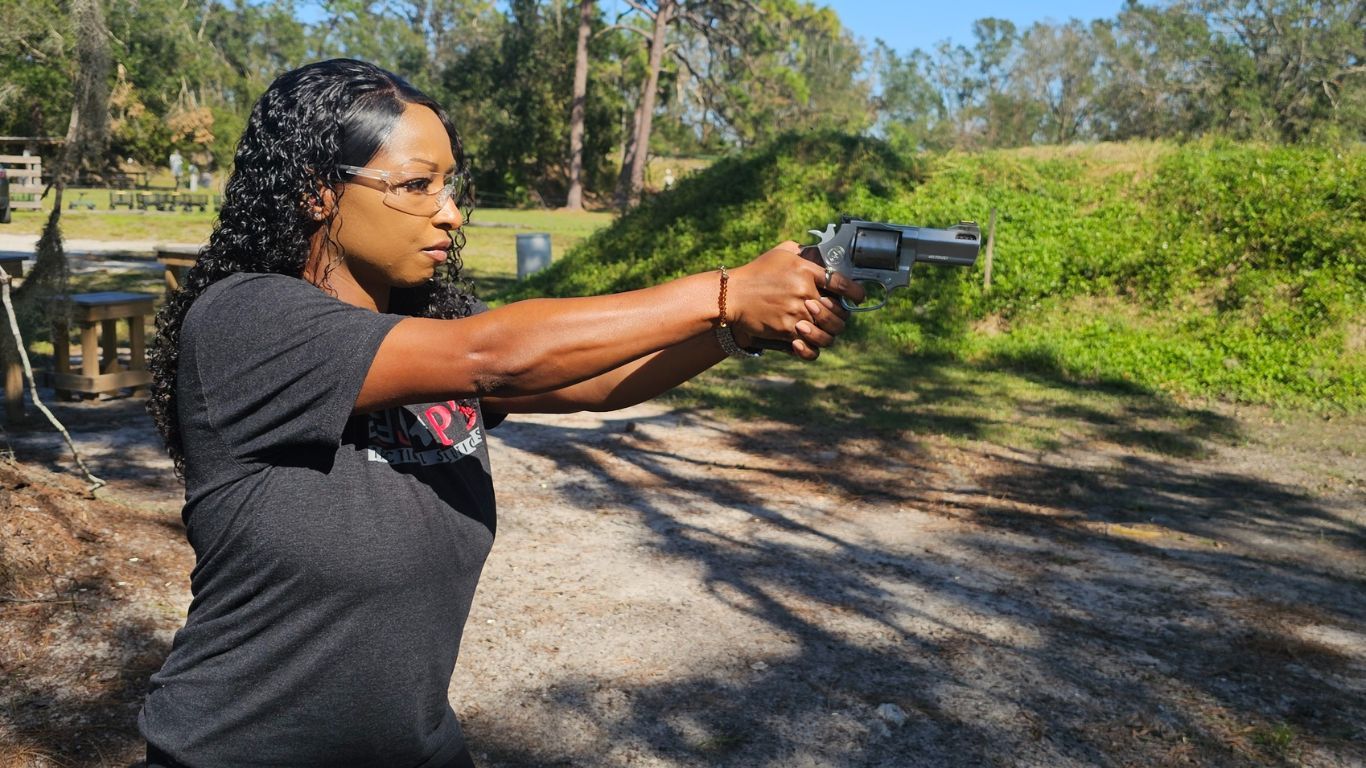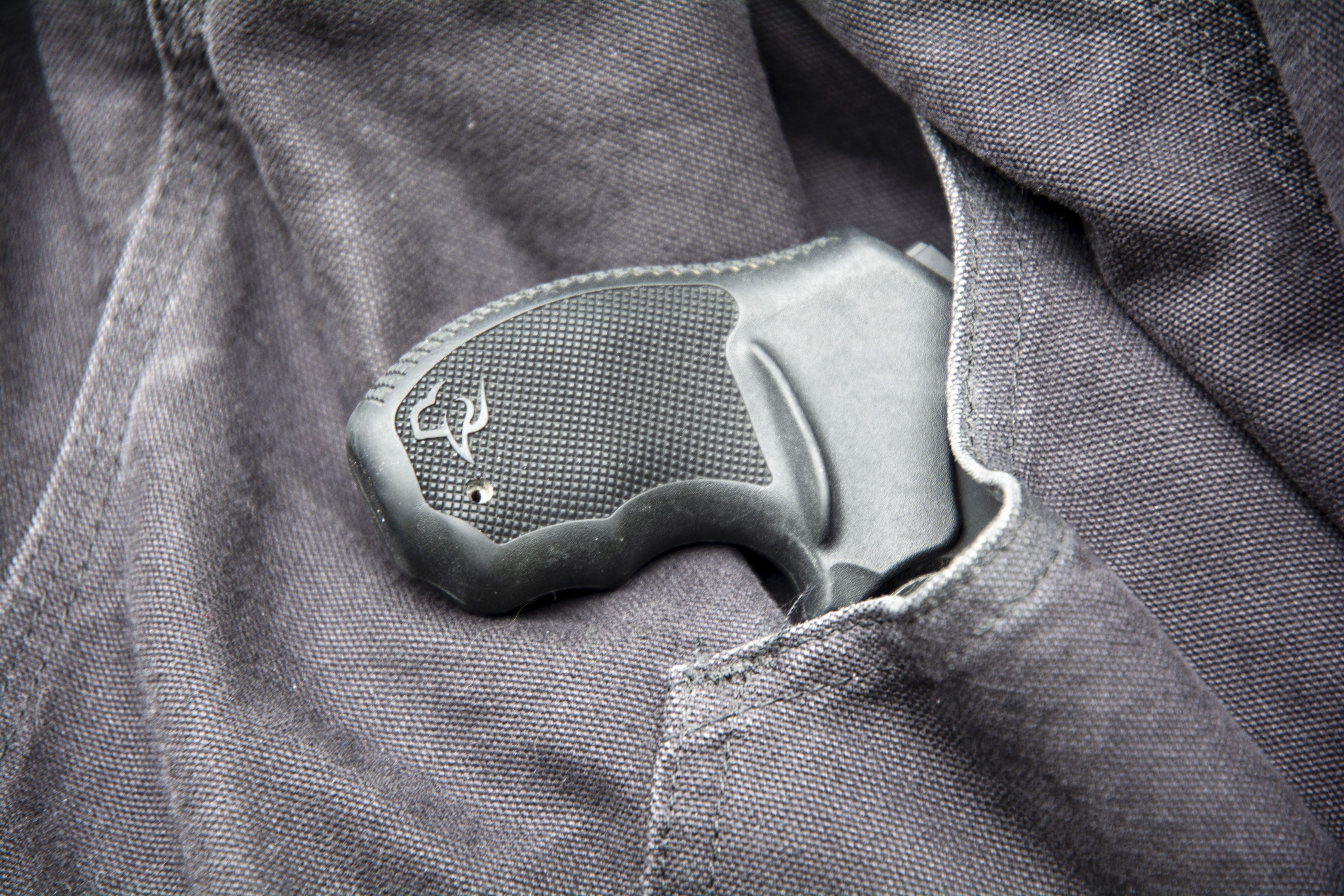By Tamara Keel
So… here we are. As I type this, it’s the year 2024, and I’m fixin’ to talk about why the basic M1911-patterned USGI pistol, as designed before the grandfathers of almost anybody reading this piece had been born. Why does almost every pistol manufacturer toss out their own riff on the 1911?
The simplistic answer is that Boomers love them. But there must be more to it than that, because 1911s or their clones are (or have been) made by everyone from AMT, Bersa, and Colt to Sig Sauer, Taurus, and Umarex; nostalgia can’t explain the whole thing.
There’s one practical reason that does slightly overlap with nostalgia, and that’s the fact that some people simply have an affinity for the big ol’ .45ACP cartridge, and there’s hardly a slimmer package in which you can pack a full-length service-size 5” barrel and a magazine of fat 230gr projectiles than the classic 1911.
In fact, that slimness applies no matter what chambering you prefer. When you look at full-size service semi autos in any chambering, the 1911 stands out for its slenderness, and that’s a big deal for a defensive pistol carried concealed, especially if you’re toting inside the waistband.
That slenderness makes it easy for shooters with smaller hands to use, too, which isn’t something that can always be said about modern double-stack pistols.
In fact, with varying thicknesses of grip panels as well as a variety of trigger lengths available, a 1911-pattern auto can be tailored precisely to an individual’s hand size quite nicely.
That personal tailoring extends to almost every part of the pistol, too. With the possible exception of the Glock, there’s no pistol on the market with such an enormous constellation of aftermarket parts and modifications available as the 1911. Many modifications are accessible to an end user with a modicum of mechanical aptitude and access to some how-to materials. And if you have the services of a quality 1911 pistolsmith? You can essentially turn your stock Springfield Armory Milspec or Taurus PT1911 into a bespoke machine set up just the way you want it and unlike anyone else’s.
That extends to dialing the trigger to precisely the level of sensitivity you prefer, and this is probably the key factor in the continued popularity of the 1911-pattern auto.
The short trigger does not hinge or pivot and has very little travel distance at all. It’s a sliding affair, where pressure on the trigger face causes the rear of the trigger bow to push sear off the hammer hooks. It’s the most simple and direct firing mechanism in pretty much any semiauto design out there, and this is central to its longevity and beloved status among competition shooters.
So you have a slim service-size auto that’s easy to carry inside the waistband and is capable of chambering even powerful cartridges, yet has a trigger like a target pistol and is almost infinitely customizable and configurable. When you look at all those factors, the question isn’t “Why is the 1911-pattern pistol still so popular?” but rather “Why isn’t it even more popular than it is?”



















